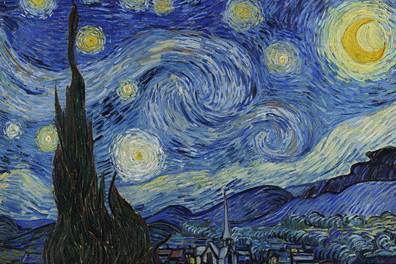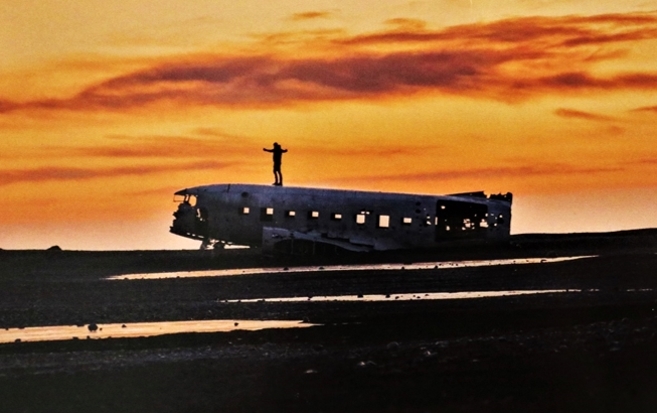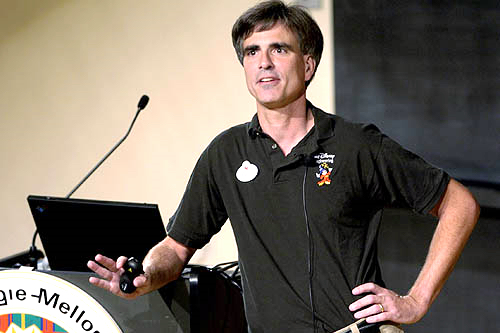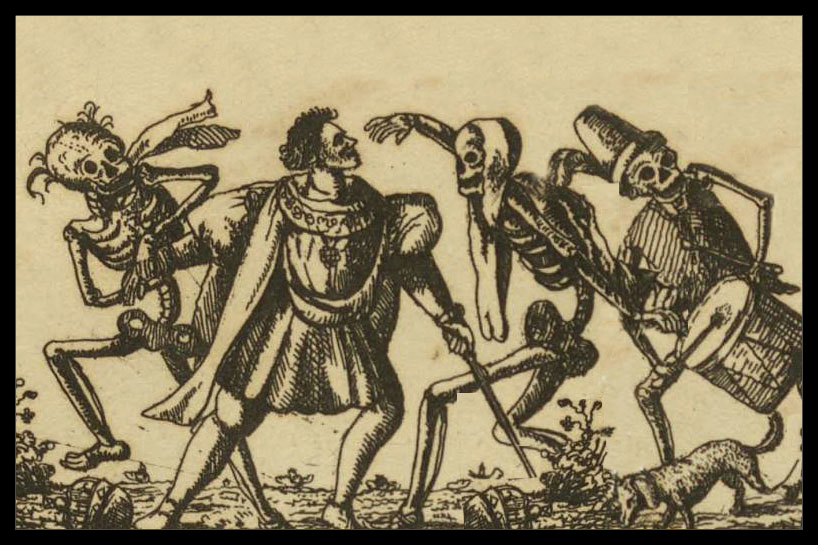But the Question is When
Allow me to explain the genesis of this essay. I have written follow-up essays before, but I have never written a follow-up of a follow-up. I hear the song floating around in my head that asks, “What’s It All About Alfie?” One of my many idiosyncrasies is that I want to know why about everything. In this case, how are this article and the two previous ones related?
It didn’t take long to determine what these three articles share in common. I just turned 80. People on their yellow brick roads tend to be interested in birthdays. They are excited when they turn 13; thus, they are now teenagers. The next birthday is when they are 21. Finally, they are adults. All the other birthdays tend to be when they turn 30, 40, 50, etc. When I get to 90, I’ll write a follow-up to this essay.
However, that assumes that someone who is 80 will reach 90. Therefore, I went to the Social Securities’ Life Expectancy Calculator. All I needed to do was to enter my sex and date of birth. Then I clicked submit. In a nanosecond, up pops their calculation. They weren’t optimistic that I would reach my 90th birthday. They are placing bets that I would reach 88.8 years, not 90. That rattled me.
So, I entered my date of birth and changed my sex from male to female. If I were a female, their statistics indicated that I would get to 90.2 years. My only choice is to spend the next decade working hard at betting against their statistics.
Nonetheless, it is sobering to know my clock is ticking louder and louder. There I sat in front of my computer and pondered my reality. Reluctantly, I went back to working on some article and happened to see a PBS video, Ice Age Footprints.
The PBS video dealt with the White Sands National Park, New Mexico, which contains footprints of elephants, dire wolves, sloths, camels, and mammoths. However, it also contains human footprints that raise all sorts of questions. The date of the Ice Age in most of North America was 20,000 years ago. Nevertheless, back twenty millennia, the White Sands National Park contained Lake Otero. The ice was far north, which allowed all sorts of wildlife to exist.

This is a part of what Lake Otero looked like.
The problem was that human footprints were present in the sand strata during the time some of these animals lived around Lake Otero. That meant humans were present between at least 21,000-23,000 years ago. Until finding human footprints mixed with animal footprints, paleologists dated humans in North America around 12,000 to 15,000 BCE. Nonetheless, humans were present 10 millennia earlier.

A mother leaves her footprints in the mud.
Those footprints of humans and wild animals around Lake Otero are from a time merely two dozen millennia ago. So, l sat and thought about the footprints that I will figuratively leave this world after my clock ticked for the last time. Will any of my footprints affect the world in which I live? Talk about getting honest with yourself. That question haunts me. Again, in the recesses of my mind, I hear the song, Alfie.
The central question is when footprints are essential in our lives. Alfie wanted to determine a meaning for being. He was also driven about his footprints. Our footprints are created while helping others, and both the giver and receiver benefit. The receiver, in turn, can help others. It is in giving that we get. Choose wisely and act now. Our twilight years come to us all too quickly. I know my clock is ticking. Pause for a moment and listen. Do you hear your clock ticking?

This is the PBS video about Ice Age Footprints.











